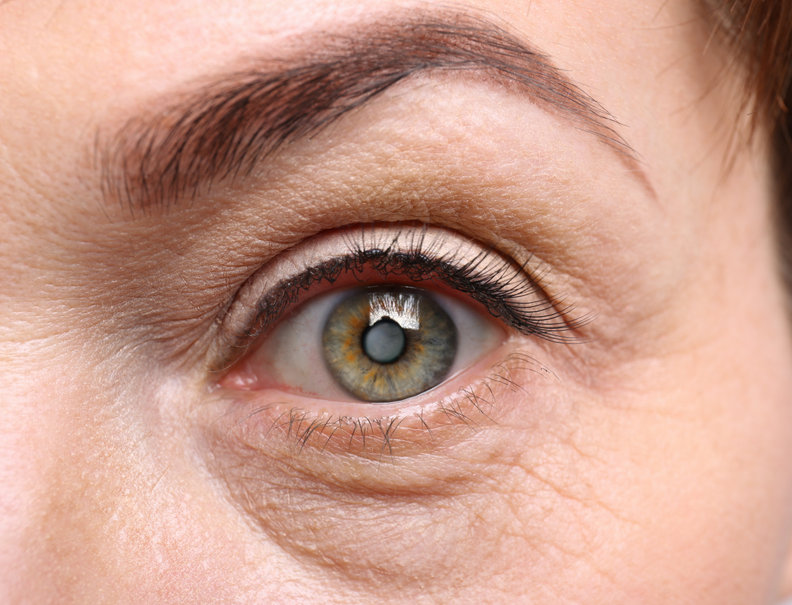Cataracts are the most common cause of reversible vision loss worldwide. They usually affect people 60 and over, however can affect someone at any age, even infants. Cataracts occur when the lens of the eye becomes cloudy or irregular, which distorts and limits the light entering the eye. Regardless of the type or onset, cataract removal is generally recommended when they affect vision to the point where it impacts a person’s quality of life.
Also read about itchy eyes from Dr. Dugan
To achieve our best vision, our eyes rely on a clear unobstructed path to back of the eye. This means light has to pass through every structure before we have the best chance at seeing. One of the structures light must pass through is called the lens. The lens is made of special protein fibers that allow it to be completely transparent, as well as change how we focus. It is located directly behind the iris, the colored part of the eye. Over time, the fibers in the lens become less organized, causing the lens to “cloud”, and vision to be blurred. This clouding of the lens is what is referred to as a cataract.
The most common type of cataract is called a “nuclear” cataract. This is a type that develops slowly, starting in the center of the lens. There are several other types of cataracts that may result from intense UV exposure, trauma, and certain systemic conditions. People can also have more than one type of cataract, this is called a combined cataract, and often affects vision more than one type alone. The only treatment at this time for a cataract is surgery.
Cataract surgery is the most common eye surgery worldwide and has been successfully performed for decades. Cataract surgery involves inserting tools into the eye that break up the lens, and remove it. A clear silicone lens implant is then placed back into the eye where the original lens was located. Not only does this increase the amount of light getting through the eye, the implant also corrects vision. Historically these lens implants were only able to provide clear vision for distance or reading. However, recent advancements have resulted in implants that can provide clear vision for both distance and reading, called multifocal implants.
Although cataracts are treated surgically, a diagnosis of a cataract does not always mean surgery is necessary at that time. Cataract development usually occurs slowly, and most people live with some degree of cataracts for several years prior to electing for treatment. I usually recommend patients proceed with surgery when their cataracts have progressed enough to affect their quality of life. In some circumstances, cataracts can negatively impact eye health, however most people can live with their cataracts until they are comfortable moving forward with surgery. Although rare, like any surgical procedure, cataract surgery is not without its risks, and these should be considered before making a decision. If you feel like your vision is being affected by cataracts or you’d like to learn more, talk to your eye care provider at your next examination. For more information, see the links below.
Save up to 80% on the cost of your prescriptions at your local pharmacy with EasyDrugCard.com. Download your free drug card and begin saving today.
References:
https://www.mayoclinic.org/diseases-conditions/cataracts/symptoms-causes/syc-20353790












